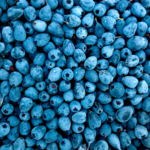Every now and then, everyone fantasizes about finding the fountain of youth. How can we make life continue longer, and, more significantly, how can we ensure that life is of high quality throughout time?
The answer may be found in the Blue Zones, and it has something to do with their nutrition. It’s not just what they eat; it’s also how much and when they eat it. They stop eating when their bellies are roughly 80% full, which helps them maintain a healthy weight. They eat their smallest meal of the day in the late afternoon or early evening and then go without eating for the rest of the day. Beans and other plants are abundant in their diet. They don’t eliminate meat from their diet; rather, they eat it in moderation as part of their way of life.
Ikaria, Greece; Okinawa, Japan; Ogliastra Region, Sardinia; Loma Linda, California; and Nicoya Peninsula, Costa Rica are the five Blue Zones identified by researcher Dan Buettner, where individuals live to be 100 or more in significantly higher proportions than anyplace else.
People in these areas not only live longer, but they also enjoy their lives to the fullest, according to study, and what they put into their bodies has a big impact. So, what eating practices can enable you live to be 100 years old and healthy?
Fill Your Plate With Plants
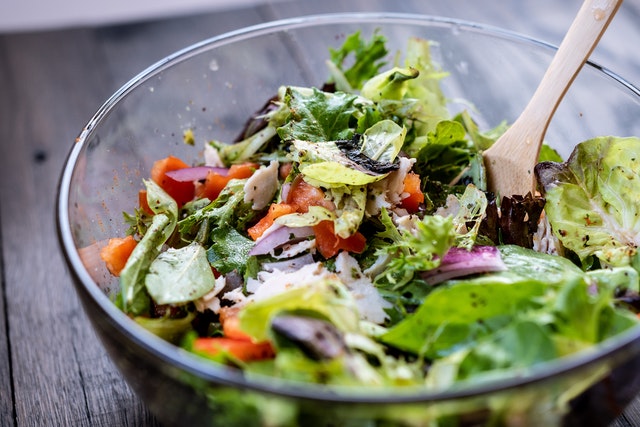
You might have some additional room on your plate if the beef, pork, and chicken aren’t there. Fill it with fruits, veggies, and plant-based items. The diet of people living in the Blue Zones is 80-90% plant-based. Beans, greens, yams and sweet potatoes, fruits, nuts, and seeds are just a few examples of high-protein plants. Keeping a combination of nuts and seeds on hand as a snack will help you get enough protein throughout the day. Almonds are abundant in vitamin E and magnesium, walnuts have the only omega-3 fat found in plants, peanuts are high in B vitamins, and Brazil nuts and cashews provide selenium, folate, and magnesium to round out the health benefits.
Dark green leafy vegetables like spinach and kale, in addition to these hearty plants, help lower free radicals in the body and can help lengthen life. Furthermore, research have shown that those who eat cooked greens have better cognition and memory performance as they get older.
Add More Beans To Your Diet
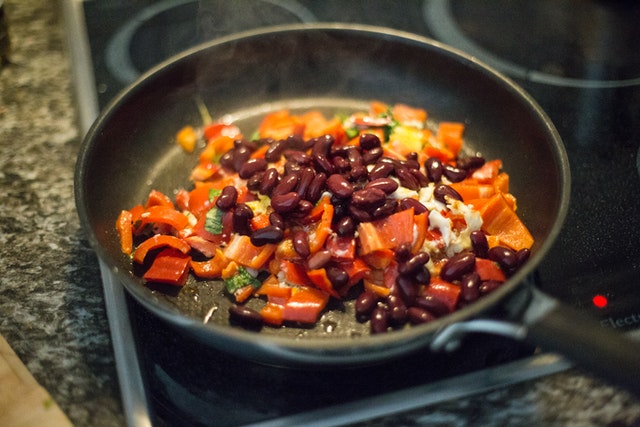
Beans are so crucial to Blue Zone diets that they have their own explanation, even though they were discussed under plant-based. The Blue Zones consume more than four times the amount of beans as the average American. A half cup per day will provide you with the majority of your vitamin and mineral requirements.
Beans are abundant in fiber, which aids in the replenishment of probiotics for digestive health. They’re also satisfying, so you won’t crave refined sugars and carbohydrates as much. Don’t get me wrong: beans contain 77 percent carbohydrates, but they’re natural, complex carbs that provide the energy we all require. They have a high protein content and a low fat content. According to studies, eating 20 grams of beans every day reduced the chance of death by 8%. Don’t know where to start when it comes to increasing your bean consumption? You can puree them to thicken soups and sauces, for instance.
Eat Less Meat
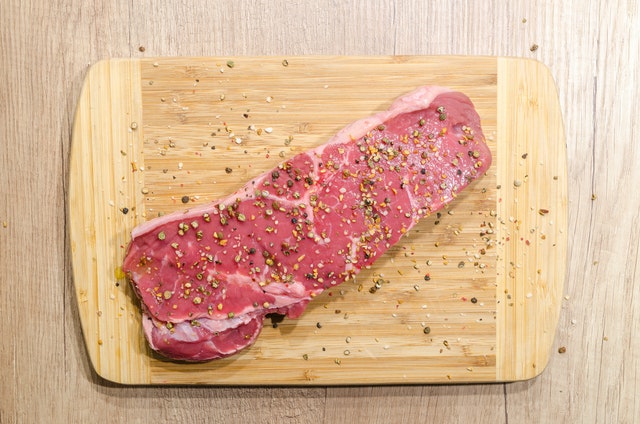
Blue Zone residents aren’t necessarily vegans or vegetarians; they simply don’t consume a lot of meat. Other sources of protein include tofu, soy, beans, and fish. When they do consume meat, it is in very small portions: 2 to 3 ounces. To put it in perspective, the smallest steak size available at a restaurant is 6 ounces. Meat isn’t the centerpiece of the dinner like it is in the United States, which extends the longevity, therefore look into meat substitutes. It’s important to remember that this isn’t a set of rules prohibiting the consumption of meat. It’s easier to adjust your diet spontaneously rather than by following a set of restrictions.
Consume Less Dairy
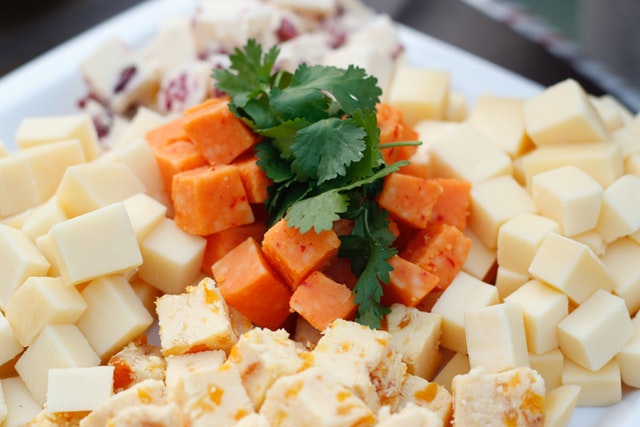
While Americans have long relied on dairy products such as milk and cheese for calcium and protein, individuals in the Blue Zones consume relatively little cow dairy. They receive these nutrients from the same plant-based diet we discussed earlier. One cup of cooked kale or half a cup of tofu, for example, provides the same amount of calcium as a glass of milk.
People aren’t built to digest milk effectively, and up to 60% of us have lactose digesting issues. Furthermore, nearly half of the calories in milk (and 70% of the calories in cheese) originate from fat, the majority of which is saturated.
People in Blue Zones consume dairy products from sheep and goats rather than cows. Like yogurt, cheese, and sour cream, they are largely fermented rather than liquid milk.
Conclusion
No matter where you live, eating like a Blue Zones resident could help you live longer. More significantly, you’ll be healthier and happier as you get older, and your body will appreciate it.







